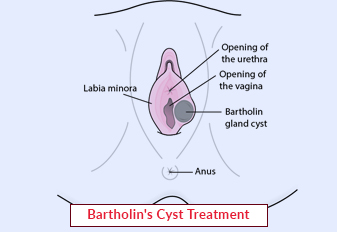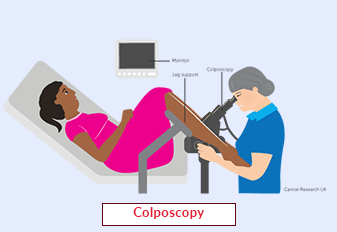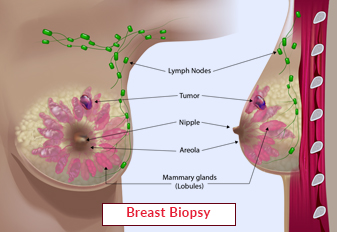Bartholin's Cyst Treatment

Bartholin's cyst is a common gynaecological condition that affects the Bartholin's glands, located on each side of the vaginal opening. When these glands become blocked, a fluid-filled cyst can form, leading to discomfort, pain, and swelling. Bartholin's cyst treatment aims to alleviate symptoms, promote healing, and prevent complications. In this article, we will explore the concept of Bartholin's cyst treatment, its significance in women's health, and the various procedures and approaches involved in managing this condition effectively.
Book an AppointmentAbout Bartholin's Cyst Treatment
Bartholin's cyst treatment involves interventions aimed at relieving symptoms, resolving the cyst, and preventing infection. The choice of treatment depends on the severity of symptoms, the size of the cyst, and the presence of infection. In some cases, simple home remedies and self-care measures may be sufficient, while more complex cases may require medical intervention, including surgical procedures.
Procedure of Bartholin's Cyst Treatment
-
Warm Compresses: Applying warm compresses to the affected area helps promote drainage and relieve pain. This simple and non-invasive approach can be effective for small, uncomplicated cysts.
-
Sitz Baths: Sitz baths involve soaking the affected area in warm water to encourage cyst drainage and reduce inflammation. This method can provide symptomatic relief and aid in the healing process.
-
Incision and Drainage: If the cyst becomes infected or causes significant discomfort, a healthcare professional may perform a minor surgical procedure called incision and drainage. Under local anesthesia, a small incision is made in the cyst to drain the accumulated fluid. This procedure provides immediate relief and may be followed by the insertion of a small catheter to allow ongoing drainage.
-
Marsupialization: In cases where cysts recur or become large, marsupialization may be recommended. This surgical procedure involves creating a permanent opening in the cyst, allowing continuous drainage and preventing future cyst formation. It is usually performed under local or general anesthesia.
-
Excision: In rare instances when conservative measures fail or if there are concerns about malignancy, surgical excision of the Bartholin's gland may be necessary. This procedure removes the entire gland and adjacent cyst, reducing the risk of recurrence. Excision is performed under general anesthesia.
-
Antibiotics: In cases where there is evidence of infection, such as fever, severe pain, or abscess formation, a course of antibiotics may be prescribed. Antibiotics help clear the infection and prevent its spread.
Require Assistance?
Get A Quick Callback From Our Healthcare Experts






